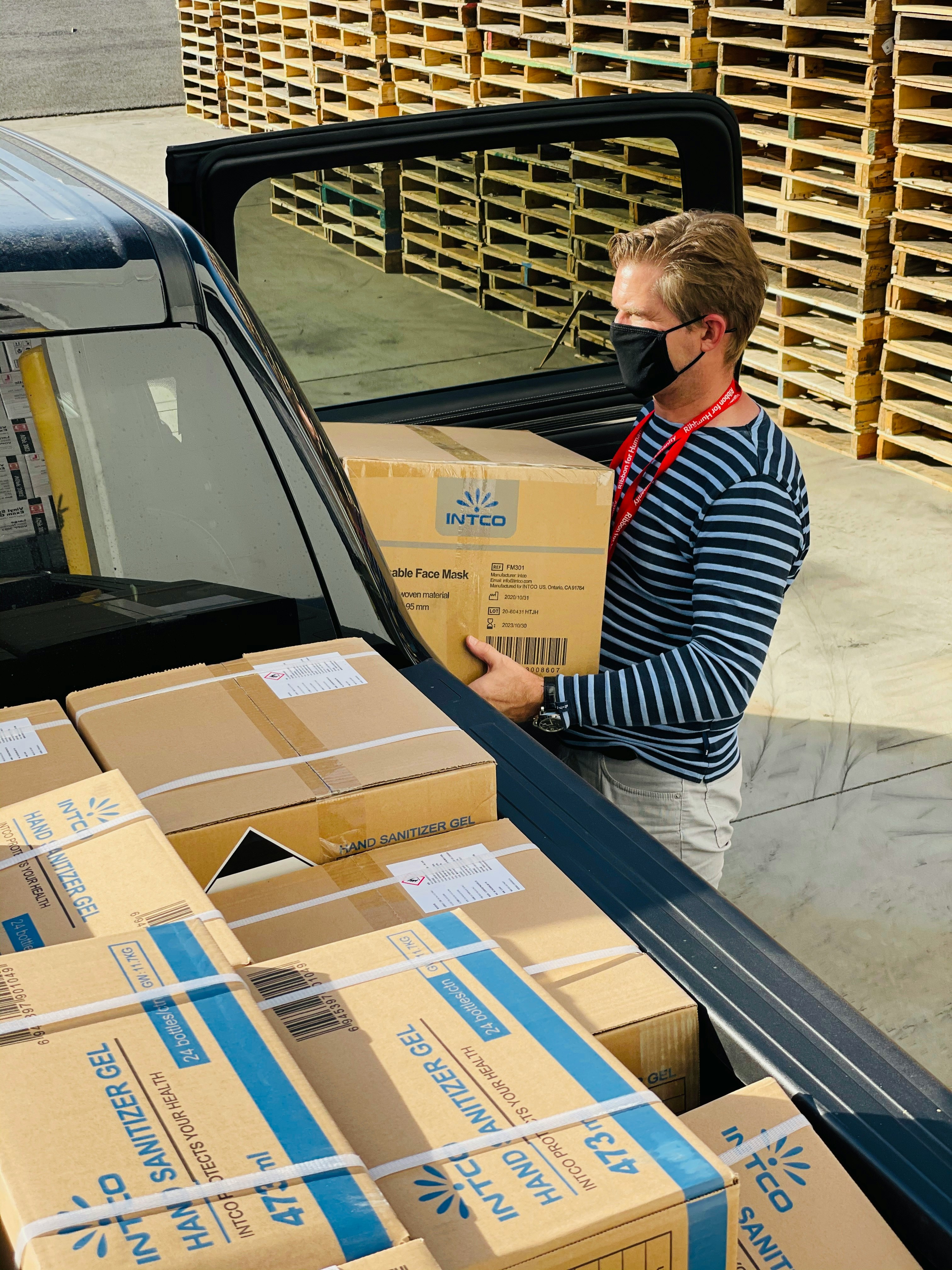The coronavirus pandemic has changed brick-and-mortar shopping, and the change seems permanent. It has led to the closure of stores, most of which might not reopen again. This means that the retail landscape will never be the same. You can see this with the move by several retailers that are closing their stores or filing for bankruptcy. Compared to brick-and-mortar, strip centers fared better during the pandemic. This has seen several retail giants such as Macy’s adopting it. It remains a question without a definite answer whether the traditional retail sector will recover. Something certain, however, is that businesses will look for alternatives. Some include moving online or adopting neighborhood shopping districts.
Personalization is a trend that increased in 2020 and is likely to continue. The change influenced this trend in consumer behavior. Because of the many available options when making online purchases, consumers are getting used to making purchases from any device and ay seller. This is a trend that is likely to continue this year. To stay competitive, online retailers must provide personalized experiences for each consumer regardless of the channel or method to purchase items online. Retailers must be able to offer blended shopping experiences for the customers to choose whichever method they like.
To mitigate shipping and fulfillment issues, retailers must ensure inventory is well planned and demand forecasted. They must find a hassle-free way to return products efficiently if they don’t work as anticipated. A retailer that makes returns easy for the customers is the one that will sell more and retains customers better. Technology is an essential component in inventory management and at the point-of-sale. Platforms that integrates inventory and point-of-sale should be implemented to ensure inventory is managed correctly and data is correctly collected and analyzed to prevent discrepancies. Small retailers should consider offering curbside pickup and delivery options to attract customers. Use your own product data to plan and ensure that the stock levels are predictable to avoid surplus or scarcity situations.
If self-service tools are integrated into local delivery options, consumers will have the power to initiate a product return by themselves. This will make it cost-effective, fast, and efficient for the retailers and customers. Engaging tools that show fulfillment and shipment lead time based historical data will be necessary for proper communication and correct order fulfillment. Although more than 44 percent of e-commerce firms are already seeking payment technologies, checkout alone cannot solve the problem. Managing inventory and sales are also critical. Enlist technology in your operations to ensure that delays are eliminated, and customer experience caused by inefficiency is avoided. Technology can also help in tax compliance calculations. Tax software ensures that documentation that is required for taxation is kept. It can help in monitoring tax rules and, besides, saves businesses time.
Lastly, your retail company cannot succeed without the right marketing strategy in place. After you have implemented the right strategies such as software and product management, engage the right marketing professionals' services to popularize your services. You may find an influencer useful than traditional advertising.





